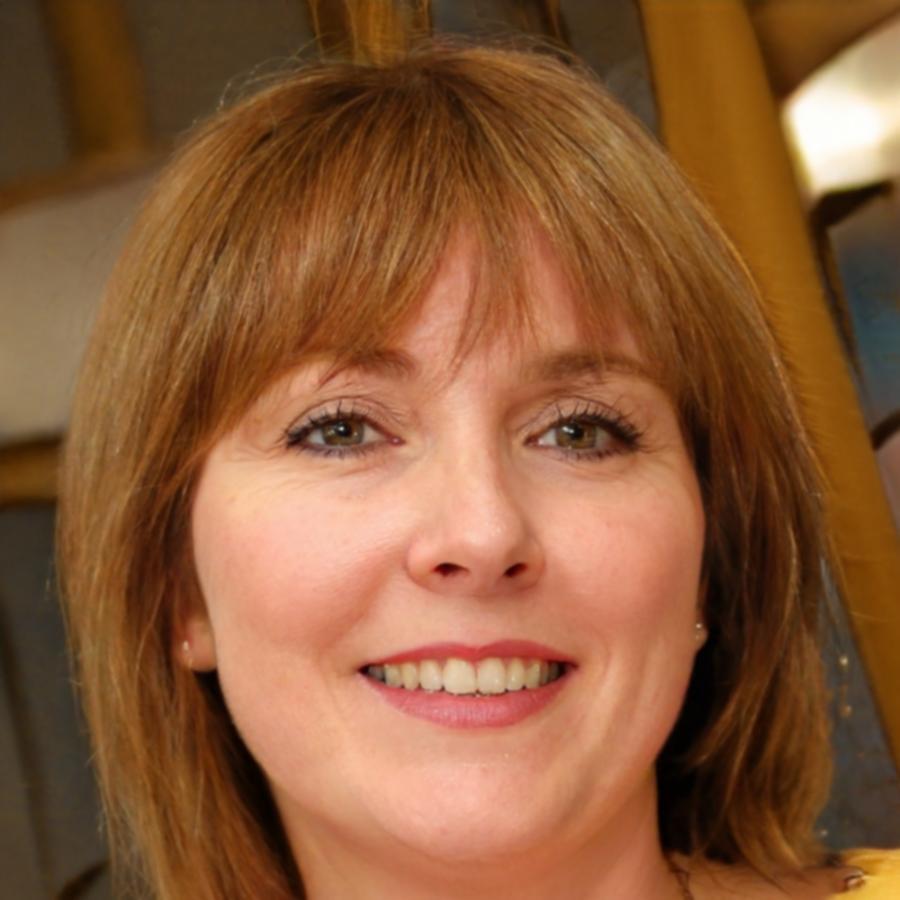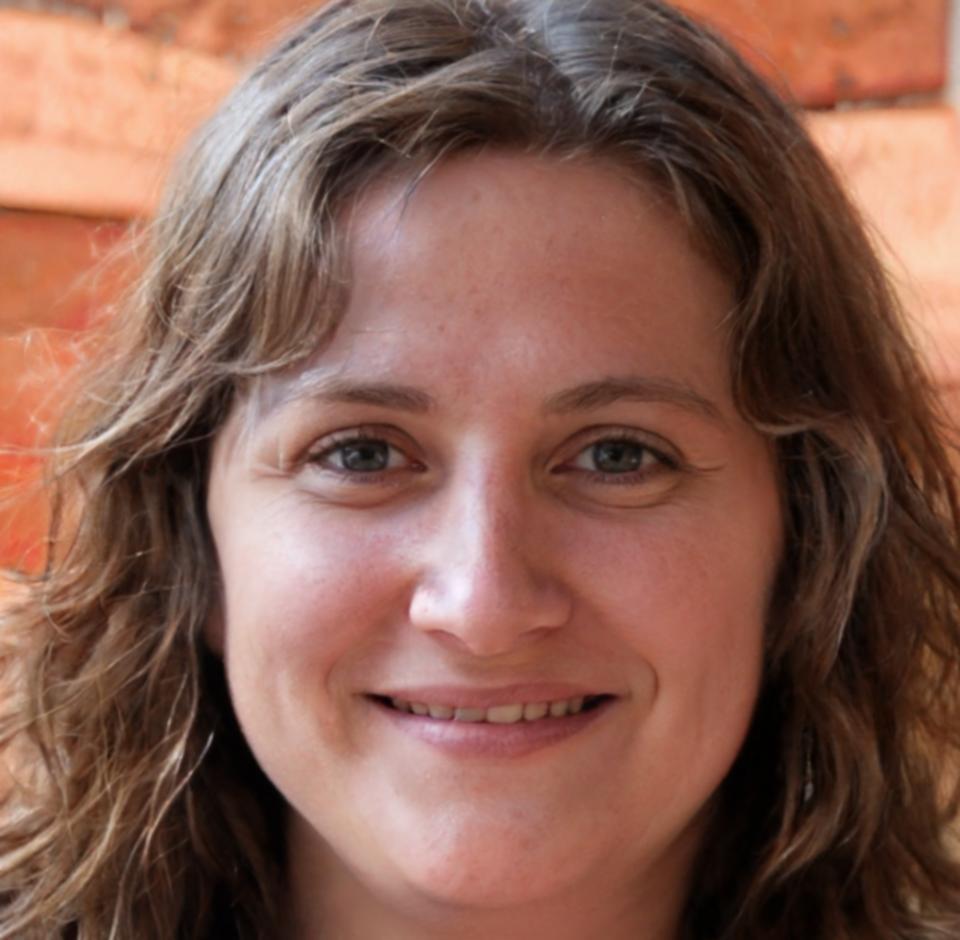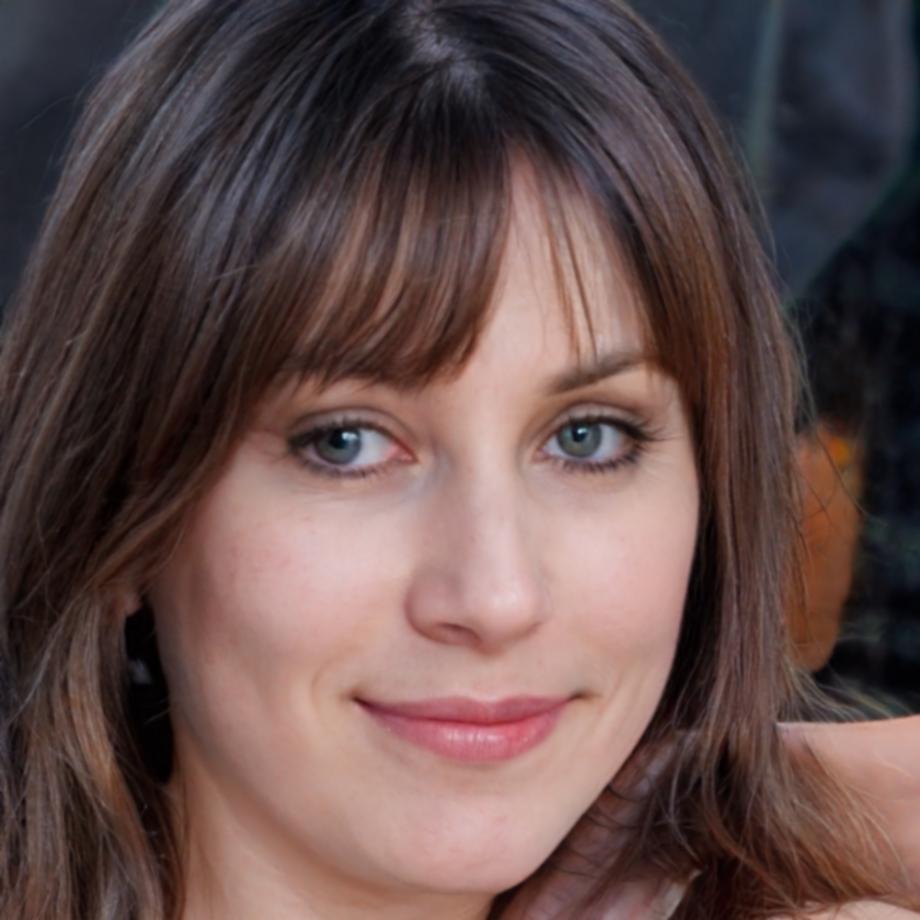




Master your money map with smarter budget forecasting skills
Welcome to our education hub, where learning meets real-world application. Here, we focus on career-ready skills, like mastering the art of budget forecasting. Whether you're sharpening your expertise or starting fresh, we've got the tools to guide you forward.
Let’s StartData You Can Trust
Retention rate
Skill assessment average
Learning pace improvement
Teaching quality score
Master Your Budget Forecasting Journey
Have you ever wondered why two teams with the same numbers and tools can arrive at wildly different budget forecasts? It’s a deceptively simple question, but one that exposes a divide between surface-level understanding and true insight. Most people think forecasting is just about the math—plugging in data, applying formulas, and making a pretty spreadsheet. But in practice, it’s about interpretation, intuition, and understanding the context in which budgets live and breathe. Numbers don’t exist in a vacuum; they’re shaped by assumptions, biases, and a thousand small decisions that either refine or distort the story they tell. In my experience, the most critical skill isn’t just "getting the math right." It’s learning to question the stories that numbers are telling you, and more importantly, the ones they aren’t. For example, consider a company projecting a 12% growth in revenue based on historical performance. That sounds reasonable enough. But dig deeper—what if their market is quietly shifting? What if competitors are undercutting them, or their costs are rising faster than they realize? The real competency lies in recognizing those blind spots before they turn into obstacles. It’s about seeing the signals others ignore and translating that awareness into decisions that actually hold up under pressure. But here’s the thing—this kind of depth doesn’t come naturally to most people. We’re so used to working with what’s in front of us that we rarely stop to ask, "What’s missing? What’s driving this?" And that’s where the transformation happens. It’s not about memorizing concepts or ticking off steps in a process; it’s about rewiring how you think. You start seeing patterns where others see noise, and you learn to trust your ability to challenge assumptions without hesitation. That’s when budget forecasting stops being a chore and starts being a skill that actually matters.
Week by week, this budget forecasting program seems to unfold like a conversation with itself, alternating between bursts of new information and moments of deliberate quiet. Early on, it dives into the essentials—those foundational ideas about revenue streams and cost structures—moving quickly, almost impatiently, as if eager to get past the obvious. But then it slows—almost halts—when introducing the first hands-on exercise: a deceptively simple scenario involving a bakery's fluctuating ingredient costs. There’s something satisfying about the way it forces you to wrestle with the numbers, even though the lesson feels oddly unfinished until the next week circles back to refine it, layering in concepts like seasonality and market unpredictability. By the third or fourth week, the pace shifts again, this time pushing forward with an intensity that feels almost relentless. Here, assumptions are challenged—What if your data's incomplete? What if a sudden expense blindsides your forecast?—and the exercises take on a messier, more real-world complexity. A struggling nonprofit’s unpredictable donation patterns become the focus of one problem set, and it lingers in your mind longer than expected. Maybe it’s because the numbers aren’t clean, or because imagining the stakes adds a layer of weight to the work. But then, unexpectedly, the program pulls back. A week that feels like a breather arrives, devoted entirely to reflection and recalibration. Worksheets prompt you to revisit earlier forecasts, searching for flaws or inconsistencies you didn’t catch the first time. It’s not glamorous work, but there’s a quiet satisfaction in tracing the threads back to their origin and realizing how your approach has shifted. It reminds me of trying to fix a recipe you cooked wrong the first time—tedious, but oddly rewarding when you finally get it right.Your Digital Workshop Guide
Peak-device takes a hands-on, interactive approach to teaching budget forecasting in their finances course, making it feel more like a collaborative workshop than a traditional online class. The sessions are structured around real-world scenarios, so instead of just memorizing formulas or staring at slides, students actually dive into case studies—like planning a budget for a small business or forecasting expenses for a nonprofit. They’re encouraged to roll up their sleeves, experiment with different tools, and even make mistakes—because honestly, that’s where the best learning happens. In my experience, the live sessions are where the magic really unfolds; instructors don’t just lecture, they actively troubleshoot with students, throwing out “What if?” questions and challenging everyone to think critically. And the way they break complex concepts into relatable chunks? It’s like having a friend walk you through instead of a textbook. There are also group activities where students swap ideas, which not only builds confidence but gives you a chance to see how others approach the same problem differently. By the end of the course, you’ve not only grasped the technical skills but also picked up a kind of instinct for forecasting—like knowing which questions to ask before the numbers even hit the spreadsheet. It’s practical, it’s engaging, and most importantly, it feels relevant to the real financial challenges you’ll face.
Successful Cases
Joy
Discovered I could predict expenses confidently—went from clueless to creating accurate budgets in no time!

Kailey
One course and I’m forecasting budgets 3x faster—plus, I finally understand where every dollar’s going.

Larissa
"Ever wondered how to turn chaos into clarity? Learning budget forecasting felt like solving a puzzle—each piece unlocking growth."

Premium
580 $The "Premium" option stands out for those who value deeper guidance and personalized support in mastering budget forecasting. Most often, it’s the real-time feedback—practical, specific insights tailored to their unique scenarios—that people find indispensable. (One participant mentioned this helped them spot patterns they’d been overlooking for months.) Another key element? The extended practice scenarios, which dive into nuanced, sometimes messy, financial data—closer to what you’d encounter in real life than a textbook example. For someone who’s ready to move beyond standard templates and sharpen decision-making instincts, this is where it clicks. It’s not just about the features, though. The pace feels intentional, giving time to apply what you’re learning without being overwhelmed. If you’ve been frustrated by one-size-fits-all approaches or feel like you’re missing context behind the numbers, this option might be the shift you’re looking for.
Growth
490 $The "Growth" tier stands out because it’s where participants start putting real skin in the game—investing time and resources to gain actionable insights into better budget forecasting. People here exchange a reasonable financial commitment for tailored guidance and tools that reflect their specific needs. What makes it click for many is, first, the personalized feedback loop, which often feels like having an extra brain on your team, and second, the clarity it brings. One participant told me they finally “saw the blind spots they’d been guessing at for years.” That kind of breakthrough is hard to ignore. It’s not for everyone, true—but for those ready to refine their approach and take budgeting beyond guesswork, it’s an obvious step forward.
Intro
410 $The “Intro” tier is perfect for those dipping their toes into budget forecasting, offering a low-commitment way to enhance their skills while staying focused on essentials. Participants typically contribute their time and curiosity and, in return, gain foundational tools for clearer financial planning. Two things stand out here: first, the emphasis on practical, digestible lessons that don’t overwhelm but still pack a punch; second, the flexibility to explore at your own pace—no pressure, just progress. It’s like a trial run but with enough substance to actually make a difference. What’s particularly appealing is how this tier acknowledges that not everyone is ready to dive in headfirst. For someone cautious about committing resources—or just testing the waters—it’s a smart, low-risk starting point. A bonus? You often find that even small insights from this level can shift how you think about numbers in surprising ways.
Elite
660 $The "Elite" access level dives deep into budget forecasting with three standout features. First, it opens up advanced scenario modeling tools—perfect for those who need to explore the “what ifs” with precision. Then there’s the weekly expert-led sessions, where you not only learn but also hear real-world applications (and, honestly, some great troubleshooting stories). But what really sets it apart? Customized insights tailored to your organization’s trends—something participants often say feels like having a private consultant on call. If you’re serious about mastering forecasting, this tier feels less like an upgrade and more like an essential shift.
Pricing Options for Learning Programs
Our course plans are crafted with care, balancing flexibility and value to meet different needs without overcomplicating things. We’ve put thought into the pricing too—it's all about fairness and helping you find something that feels right, not just for your goals but for your budget. Find the perfect balance of features and value in our offerings:
Our Professional Insight
peak-device
- At Peak-Device, we’re not just shaping education — we’re crafting journeys that change lives. It all started with a small, passionate group of educators and professionals who believed learning should feel less like a chore and more like an adventure. Over the years, that spark grew into a thriving academy where curiosity leads the way. You could say we’re obsessed with creating something meaningful, something that resonates beyond the classroom. The kind of learning that sticks with you, long after the courses end. What makes it special here? It’s not just the content — though, let’s be honest, we pour our hearts into designing courses that are both practical and thought-provoking. It’s the atmosphere, the people, the energy in the room. Whether you're diving into budget forecasting or unraveling complex strategies, there’s a buzz of discovery. Our classrooms (virtual or otherwise) are places where questions are always welcome, mistakes are part of the deal, and the “aha” moments come naturally. It’s less about rigid structures and more about real conversations — learning that feels alive. As for your career? It’s not just about getting a certificate and calling it a day. We’re here for growth, for the long haul. Our programs don’t just teach you how to do something; they push you to rethink how you see challenges and opportunities. Because let’s face it, the world doesn’t need more people who just know the rules. It needs people who can break them creatively — who can forecast budgets with precision and tell the story behind the numbers. That’s the kind of confidence we aim to build. And yet, it’s the people who make it all come together. Students from different walks of life, instructors who genuinely care about your journey, and a team that’s constantly reimagining how to make every course better. Honestly, it’s a bit of a community effort. When you join us, you’re not just signing up for a course; you’re stepping into a space where ideas collide and futures take shape. It’s not perfect — it’s human, which is probably what makes it work.
Professional Contact Channels
Registered Company : peak-device
Company President: Benji Maddox
11 High St, Bendigo VIC 3550, Australia
Ariana
When students at Peak-Device need guidance in budget forecasting, they often end up in Ariana’s classroom—not by coincidence, but because word gets around. Her teaching style? A mix of structure and curiosity-driven detours. She might start a class by laying out the fundamentals of forecasting models, only to veer off into a lively discussion about the budgeting challenges of a startup versus a legacy retailer. It’s not a free-for-all, but there’s room for questions that aren’t on the syllabus. The students love it. They say she has this knack for making abstract formulas feel real, tying them to examples from industries as different as film production and biotech. Ariana’s perspective is shaped by years of watching how budget forecasting has evolved—and, sometimes, stubbornly stayed the same. She remembers when certain tools were cutting-edge and now jokes about them with the same fondness as old flip phones. This historical lens adds depth to her lessons. Students don’t just learn what to do; they learn why something became the norm or why a once-popular approach fizzled out. It’s challenging, sure, but somehow not overwhelming. Her students often walk away thinking, “I never thought of it that way,” which is probably the highest compliment they could give. Between semesters, Ariana doesn’t just sit still. She consults here and there with companies tackling messy forecasting issues—like reconciling wildly unpredictable revenue streams or anticipating costs in emerging markets. These real-world tangles often find their way into her classroom, disguised as hypothetical case studies. Her teaching space itself is casual but intentional. There’s a whiteboard that’s perpetually half-erased, a pile of financial reports on her desk, and—more often than not—a cup of tea she never seems to finish. It’s a space that feels lived-in, not curated, which somehow mirrors her approach to teaching: practical, adaptive, and never too polished.
Connect with us
Consent for Cookies
Using our website implies conceding to use our cookie files technology.